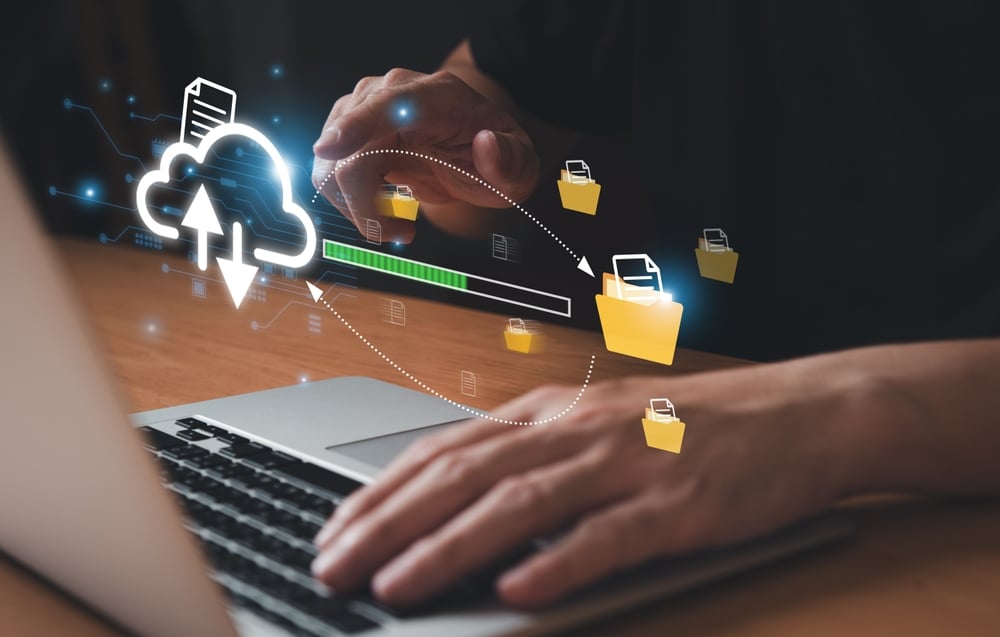Truly, the use of the PushTAN 2.0 process ought to make the net banking of the German financial savings banks safer. Now, nevertheless, cybercriminals are utilizing the subject to tear off unsuspecting prospects. The Sparkasse reviews this
via Twitter. There, the financial institution warns of a present wave of phishing SMS. Cyber criminals are at the moment sending increasingly brief messages on behalf of the Sparkasse.
In it, they ask the recipient to modify to the PushTAN 2.0 methodology by a sure date. The SMS incorporates an internet hyperlink which, in response to the Sparkasse, results in a fraudulent web site. Clients are alleged to enter their on-line banking entry knowledge in addition to their date of start and the info of their Sparkasse card on the supposed changeover to the newer TAN process. Observe the immediate and fall into the criminals’ lure.
Fell for? That is to do!
Sparkasse expressly warns towards getting into knowledge on the web site in query. Any data you permit there’ll instantly find yourself within the scammers’ fingers. With the data, they can compromise your checking account and, within the worst case, empty it. If the warning comes too late for you and the kid has already fallen into the nicely, contact your Sparkasse instantly and have your on-line banking entry blocked. By the way, this rip-off will not be fully new. In earlier SMS of an identical design, the criminals requested a swap to the common PushTAN process – with the identical end result.
Along with the Sparkasse, client safety can be at the moment warning of phishing assaults on financial institution prospects. In keeping with the Schleswig-Holstein client recommendation heart, the quantity of fraudulent emails despatched within the title of Sparkasse, Volks- und Raiffeisenbank, Postbank and ING has elevated for the reason that finish of Might 2022. In all instances, the criminals use varied pretexts to request {that a} hyperlink contained within the e-mail be opened. Potential victims ought to then enter their financial institution particulars on the web site that opens. If you’re uncertain whether or not an e-mail is genuine or not, all the time contact your financial institution’s customer support earlier than opening any hyperlinks and all the time log into your on-line banking by way of your financial institution’s official web site or app.











;Resize=(1200,627)&hash=7046730ffdf679f1a145b21dcee8cf2eb04b7531e6394df0c9858706c0f45961)
